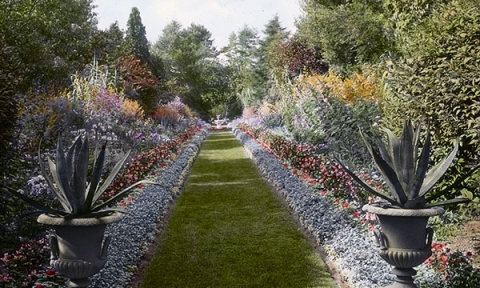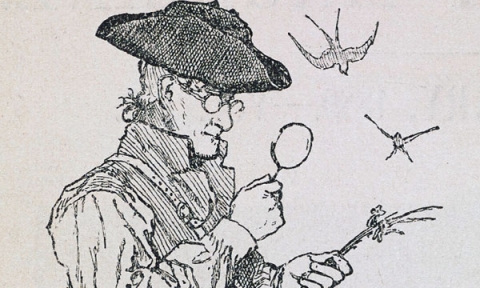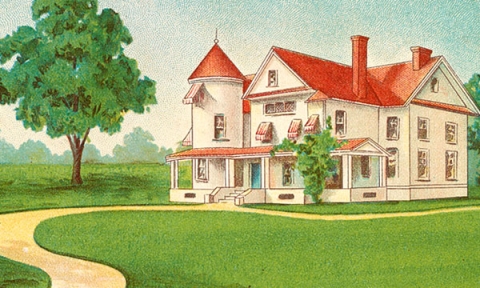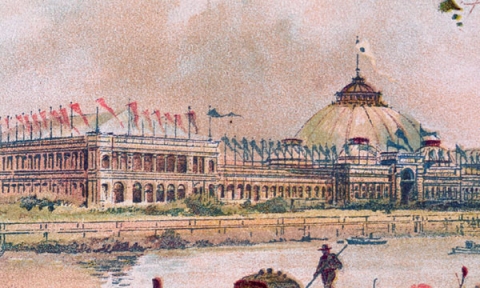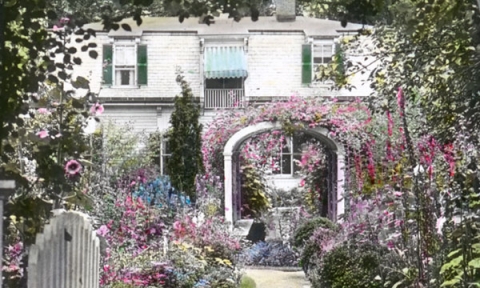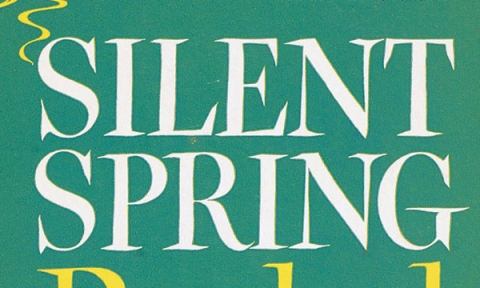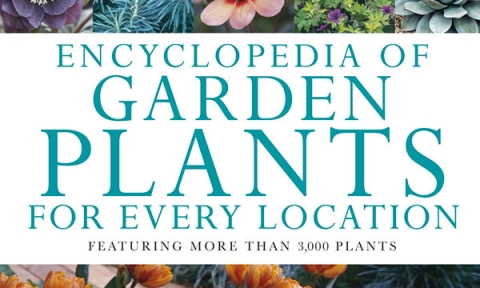Selling Seeds
Tiny seeds play a huge role in any garden. The business of selling seeds grew enormously in the late 1800s with the increase of seed growers and nurseries, many specializing in certain types of plants.
Seed companies relied heavily on advertising, particularly in the form of mail order catalogs. Businesses also used a variety of techniques to promote their products, including collectible trade cards and prize contests.
Seed box, D.M. Ferry & Company, Detroit, Michigan, late 1800s
Smithsonian Gardens, Horticultural Artifacts Collection
Ferry & Company sold its seeds through mail order catalogs and door-to-door sales. It also distributed boxes like this to display seed packets at markets, hardware stores, and other retail outlets.
To attract buyers, seed companies decorated seed packets with mouth-watering illustrations of vegetables and flowers—a significant improvement over early packets that were labeled only with text.
Burpee Company seed packets, 1920s, Archives of American Gardens
Colorful trade cards made their debut at the Philadelphia Centennial Exposition in 1876. Seed companies quickly adopted them to advertise their products, and the rich colors made them appealing for collecting, trading, and scrapbooking.
Trade card, Rice’s Seeds, Cambridge, New York, 1887
Trade card, Rice’s Seeds, Cambridge, New York, 1887
Trade card, John B. Varick Co., Manchester, New Hampshire, 1885
Trade card, John B. Varick Co., Manchester, New Hampshire, 1885
Smithsonian Gardens, Horticultural Artifacts Collection
David Landreth of Philadelphia opened America’s first seed house in 1784. The seed industry grew slowly at first; by 1850 there were still fewer than 50 seed companies. This was partly due to the fact that farmers and gardeners typically saved their own seeds from the previous year’s crop. They also traded seeds with other growers.
D. Landreth & Sons, Landreth Seeds, 1900, Philadelphia, Pennsylvania
D. Landreth & Sons, Landreths’ Seed Catalogue, 1902, Philadelphia, Pennsylvania
D. Landreth & Sons, Landreths’ Seed Catalogue, 1903, Philadelphia, Pennsylvania
Joseph Breck (1794–1873), who began his seed business in 1818, was a founding member of the American Seed Trade Association. He was also a pioneer in publishing attractive and information-packed catalogs. He experimented with marketing tactics aimed at specific audiences; for example, he offered a selection of seeds specifically for buyers in the West Indies.
Joseph Breck & Sons Corporation, Seed catalog, 1902, Boston, Massachusetts
Joseph Breck & Sons Corporation, Breck’s High Grade Seeds, 1910, Boston, Massachusetts
Until the mid-1800s, most seed houses were located on the East Coast. Starting in 1882, John Charles Vaughan (1851–1924) of Chicago issued eight catalogs annually, each aimed at a different market. Vaughan capitalized on the growing interest in scientific agriculture by addressing customers in lofty academic terms and impressing them with learned lectures on botany, geology, and chemistry. His catalogs also included numerous biblical references.
Vaughan’s Seed Store, Vaughan’s Gardening Illustrated, 1930, Chicago, Illinois
Vaughan’s Seed Store, Vaughan’s Gardening Illustrated, 1935, Chicago, Illinois
Vaughan’s Seed Store, Vaughan’s Gardening Illustrated, 1936, Chicago, Illinois
Established in 1876, Philadelphia-based W. Atlee Burpee & Company became the world’s largest mail order seed business during the early 1900s, publishing “annuals” that described its many flowers, vegetables, fruits, and bulbs.
W. Atlee Burpee, about 1900, from Sweet Pea Society Annual, 1917. Archives of American Gardens
W. Atlee Burpee (1858–1915) brought the seed catalog into the modern age, even while staunchly resisting inventions such as the automobile, electric light, and telephone. By 1901, Burpee was using a fully mechanized photoengraving process for his catalogs. When the firm switched to photography, hand-drawn illustrations disappeared from seed catalogs in just a few years.
W. Atlee Burpee & Co., Special Advertisement of Burpee’s Seeds, 1894, Philadelphia, Pennsylvania
W. Atlee Burpee & Co., Seed Sense, 1901, Philadelphia, Pennsylvania
W. Atlee Burpee & Co., Burpee’s New Annual, 1910, Philadelphia, Pennsylvania
W. Atlee Burpee & Co., Burpee’s Farm Annual, 1902, Philadelphia, Pennsylvania
Thanks to this "silent salesman" (as Burpee's called its catalog), by 1911 the company received between three and seven thousand mail orders a day.
Bigger! Fancier! New and improved! To attract customers by offering something unique, seedsmen and nurserymen developed new varieties of plants. Competition among seedsmen to create the latest and greatest in plant hybrids was so fierce that some companies, such as Burpee, had their trial gardens protected by armed guards.
Fordhook Farm in Doylestown, Pennsylvania, was the site of one of W. Atlee Burpee & Company’s trial grounds. Burpee rigorously tested seeds to ensure their quality before offering a particular variety to the public. As a sign of their high quality, many Burpee varieties carried the name “Fordhook.”
California botanist, horticulturist, and nurseryman Luther Burbank (1849–11926) was an extraordinary plant breeder. He developed hundreds of varieties of flowers, fruits, vegetables, and grasses. He shares the cover with one of his best-known introductions: the Shasta daisy, named after Mount Shasta in California because of its snowy white petals.
Competition fueled a drive to develop bigger and brighter flowers. Seedsmen and plant breeders like Henry Eckford (1775–1832) in England and W. Atlee Burpee (1858–1915) in America introduced many new hybrids. In the early 1900s, a time when sweet peas were all the rage, Eckford's cross-breeding efforts had developed one third of the 300 varieties of sweet peas then available.
Praise Those Seeds! Win a Prize! In 1924 and 1925, the Burpee Company held contests asking customers to write a letter describing “What Burpee’s Seeds Have Done for Me.” Winners received cash prizes, and Burpee used quotes from the letters in its catalogs.
In 1960, David Burpee (son of W. Atlee) started a campaign to officially designate the marigold as the national flower of the United States. He did not succeed. The rose was awarded this title in 1986.
In 1954 the Burpee Company offered a $10,000 prize to anyone who could produce a white marigold. Burpee awarded the prize in 1975 to homemaker Alice Vonk of Iowa, who spent 20 years breeding a variety called Snowbird.

